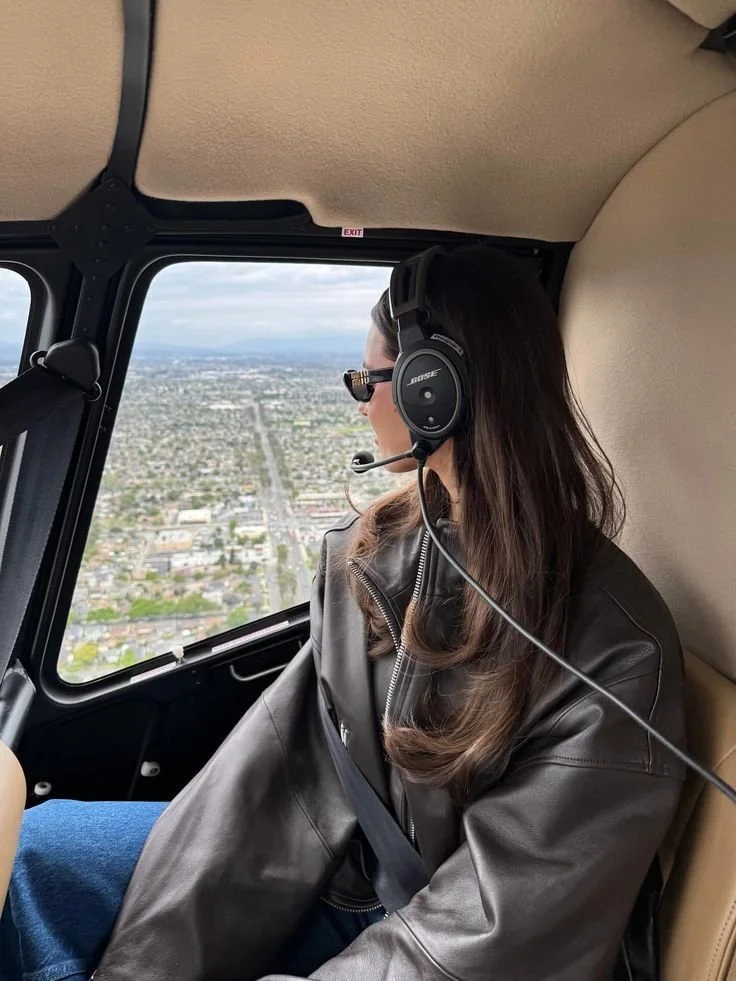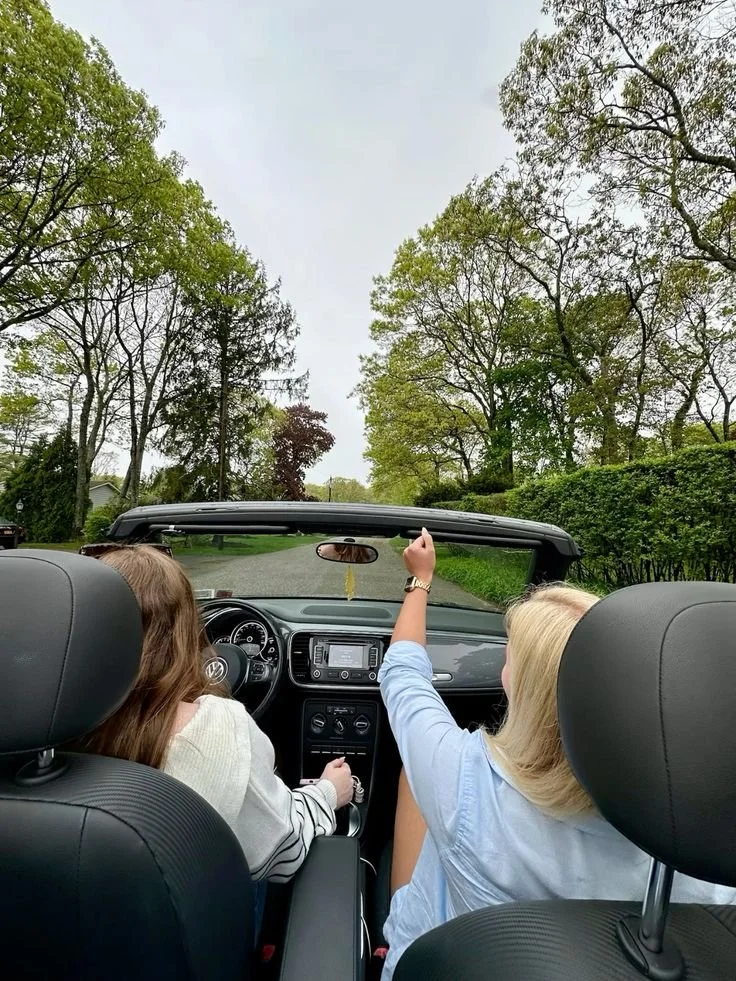How To Navigate Vehicle Accidents In Australia
Driving can be a stressful experience, and no matter how cautious and skilled you are behind the wheel, unexpected accidents can still occur, catching you off guard. Knowing how to remain calm and collected to handle the situation effectively is crucial in ensuring everyone's safety and well-being.
In this article, we provide valuable guidance to assist you in handling a traffic accident in Australia with greater ease, enabling you to navigate these unexpected circumstances more smoothly. Our goal is to equip you with practical advice on managing such situations effectively, promoting a sense of empowerment and preparedness during challenging times.
No. 1
Staying calm
Regardless of the circumstances, it won’t help if you panic. The very first thing to do is check yourself for injuries and, of course, any passengers. It is crucial to maintain situational awareness; if your vehicle is in a dangerous position, getting out promptly is paramount; exit carefully and move to a safe location before taking any further actions.
No. 2
Seeking Emergency services
If you believe it is necessary to involve emergency services, please do not hesitate to contact them immediately. Provide the operator with your exact location and cooperate by responding to any inquiries they may have.
In certain circumstances, law enforcement will intervene at the scene when specific conditions are met, such as fatalities, injuries, or scenarios that endanger public safety. If your vehicle is blocking traffic, it is recommended to contact the police for aid.
No. 3
Communicating with other drivers
When involved in an incident, it is crucial to exchange necessary information with the other driver(s) involved. This includes details such as names, contact numbers, insurance information, and vehicle details. Proper documentation and communication can streamline the process and ensure a smoother resolution for all parties.
Additionally, make arrangements for the vehicles to be collected, if necessary. If you are determined not to be at fault, you can reach out to I'm in the Right Car Hire. They will provide a like-for-like vehicle delivered to your location.
While this service is not provided free of charge, it is complimentary for not-at-fault drivers. The service provider will send the invoice to the insurer of the at-fault driver, who is responsible for covering the cost. In the meantime, you can retain the recovery vehicle until your vehicle is prepared for use again.
No. 4
Handling aggressive behavior
If the other driver exhibits threatening and aggressive behavior, it is essential not to engage with them. Instead, prioritize your safety by promptly contacting the police and waiting for their arrival.
If the other driver refuses to provide you with their details, do not hesitate to involve law enforcement. Additionally, if the situation escalates to the point where the other driver flees the scene, it is crucial to make a detailed note of their vehicle registration for the authorities' reference.
No. 5
Documenting the accident scene and vehicle damage
This might be very important should a conflict arise, especially when dealing with sensitive situations. If you have any injuries, taking photos is a good idea for obvious reasons like documenting the incident accurately.
No. 6
Establishing responsibility
More often than not, one driver is at fault and they openly admit that they caused the accident; however, this is not always the case. It is crucial to be mindful of your words and avoid engaging in discussions about fault at the scene of the incident, as this can pose potential risks. Companies like McCreadyLaw Injury Attorneys will be able to walk you through everything you need to know about your injury and what comes next, as well as what to do about liaising with insurance companies.
In the event that you are not deemed responsible for the accident, it is important to keep in mind that there are online car accident recovery specialists available for assistance. These professionals can arrange for a replacement vehicle that is similar to your own to be delivered to your current location for your convenience.
Takeaways
Minor collisions are frequent occurrences on the road, and it is important to handle them with care. After exchanging details with the other driver involved in the accident, both parties can then proceed on their way. However, if your vehicle is no longer in a drivable condition, it is crucial to make arrangements for your car to be collected and taken to a safe location.
Regardless of the circumstances that may arise, it is crucial to maintain a sense of calmness and unwavering focus. It is recommended to entrust the handling of the situation to the insurance companies, as this falls within the scope of their expertise.
In the wake of a disconcerting experience, it's intriguing to observe that a growing number of city residents are choosing to sell their cars and adopt the convenience offered by mass transportation systems. This shift towards relying on public transit signals a significant change in urban lifestyles and priorities.
When faced with the aftermath of a car accident, considering alternative transportation options can not only help minimize environmental impact but also foster community connections. Exploring eco-friendly modes of transport and engaging with local initiatives can support a sustainable recovery process while addressing transportation hurdles.






























